In the world of business, three core questions have consistently shaped success across industries and time: Who is my ideal customer? What makes my product or service attractive? How should I price it?
These questions have challenged business owners long before the advent of modern technology like AI or the internet. Take, for instance, The Warehouse—a retail giant in New Zealand that recently struggled to redefine its value proposition. A June 2024 NZ Herald article, Big Red, What Went Wrong for The Warehouse, shed light on this issue. A Forsyth Barr analyst questioned the company’s direction, while Greg Smith from Devon Funds Management pointed out the need to recalibrate its value proposition as competitors, like Kmart, now dictate customer perceptions of what a bargain truly is.
While The Warehouse is a large enterprise, the underlying principles apply to businesses of all sizes. Whether you’re running a global corporation or a small local business, understanding who you’re selling to, why they should buy from you, and how much they’re willing to pay are crucial steps in shaping success. Once you’ve answered the first two questions, the third naturally falls into place.
In this article, we focus on the second question—how to define a clear, compelling value proposition for your business.
What makes my product or service attractive – my Value Proposition?
Borrowing from the world of advertising, Rosser Reeves of US agency Ted Bates was the first to coin the single minded proposition phrase in his book Reality In Advertising back in 1961. He concluded that unless an ad (or any communication) had a core proposition at its heart, then what you are saying is a waste of both the readers and the advertisers’ time.
A great value proposition should:
- Be easy to understand for your target audience. It needs to resonate with them.
- Communicate specific results that the target customer will get.
- Explain how you’re different from an alternative they might be considering.
- Be both relevant and compelling: Clickbait is sometimes quite compelling but often not very relevant. Making you click, only to reveal that the compelling nature of the message is completely missing. Don’t be that person.
Good value propositions that find their way into the wider world can stem from:
- The product: For example, M&M’s “Melt in your mouth, not in your hands”.
- Service: Like Avis’ “We’re no 2, so we try harder”.
- Location: Disneyland’s “The happiest place on earth”.
- Price: Walmart’s “Save money, live better.”
So, how do you go about writing one for yourself?
Answering these questions is a good foundation:
- What difficulty do you solve for your audience?
- What do you do to solve it?
- How does your product or service do it differently from other options out there?
To the extent you can, fight the temptation to break your business down into different product lines or services. Try to think about the big picture — your business as a whole.
To write your value proposition, start by aiming to answer all of these questions in a single sentence. It may be a long sentence, but that’s OK. Then start to reduce the longer sentence down to something short and punchy. A good test is to think of it as if it was the only piece of signage you could have that told people passing in the street what was good about your shop or office. What would it say?
It’s Worth It
In summary, if you’re finding it challenging to answer these three key questions or need to take a step back from daily operations to address them, it’s a worthwhile exercise. Even a major company like The Warehouse grapples with these issues, so you’re not alone. Instead of viewing it as a problem, see it as an opportunity to reinforce your business’s foundational success.
For personalized guidance tailored to your business, reach out to us. Our team of experienced Client Advisors is ready to help you turn your business vision into reality.
Together we can achieve more.







No comment yet, add your voice below!